Matt very kindly sent me a prototype Reveni Labs Incident meter to play with. It’s fair to say, this meter is not exactly conventional in terms of how it’s held or intended to be interacted with. But then, Matt’s shoe mount and spot meters are also unique in their designs. The question I asked myself when I first saw a picture of it was if this is a unique design too far?
The basics first. Actually this meter is more than a simple incident meter. It’s also a reflective meter, white balance meter, flash meter, flash duration and discharge curve analysis feature, and even has cine modes. It’s controlled by a single 5 way joystick, has a colour LCD screen, and is powered by two AAA batteries. It also has a USB port within the battery chamber so it can have its firmware updated. All this in a meter that fits in the palm of your hand and costs around £150!! Impressive right?
Well, yes. But, the standout feature here isn’t really any of that. What makes the Reveni Labs Incident Meter really interesting is that whilst it does fit in the palm of your hand, it’s not designed to. It is in fact designed to attach to your fingers with the strip of elastic and held in a very specific way that allows it to be operated via the joystick with your thumb.
This meter is essentially intended to bridge the gap between a handheld light meter and a camera mounted light meter. Or more simply put, it is a meter that – unlike other handheld light meters – can be held at the same time with the same hand that is otherwise also holding a camera. With the meter elastic strapped around a few of the fingers of your right hand, it’s possible to use the meter to take a reading and then with it still attached to your hand, take hold of the camera and transfer the settings. It is quite literally always to hand.
When the Reveni Labs Incident Meter in/on your hand and you’re holding the camera it is designed so the screen is in such a position that’s it’s very easy to see the metering information. When you’re not holding the camera, holding the meter out in front of you the reflected meter sensor points toward your subject. The shape of the design and position of the incident metering hemisphere also lends itself to comfortable incident light reading with it being held in the same way. There’s just a small adjustment to your wrist to move the meter into the correct orientation.
Odd Design?
This all sounds great, but, there’s no getting round the fact that the Reveni Labs Incident Meter is a weird looking thing. At first glance, it certainly made for a questioning response in me. And I’m sure others will find themselves scratching their heads when they look at it too.
I raised these concerns with Matt as soon as the meter landing on my desk. My comments to Matt were around the idea that I was concerned that the design was too prescriptive in terms of how the meter should be held. I was worried that some people would find this off putting. Matt’s reply was quite interesting. His point was that actually all light meters prescribe how they should be held. He’s right too. My Pentax spot meter should obviously be gripped in a certain way and triggered with a forefinger. Even less obviously ergonomic meters like the L308 Sekonic series of meters are designed to be held and used in a certain way – they might look fairly amorphous, but when you hold them they still beg to be held in a certain way.
That being said, my point back to Matt was that whilst this is obviously the case when you think about it, you do have to think about it to realise this. Looking at Matt’s design, it’s so unusual in how it is designed to be held, that there’s almost no escaping from it. People will either look at this meter and realise immediately it will work for them, or they will look at it and think it’s bonkers. Matt’s response to this, is essentially “so be it”. And I can’t really argue with that… of course, he will undoubtedly have the usual moaners on social media that don’t like it because it’s not right for them. But that’s what happens anytime a product that breaks the mould comes to market.
Reveni Labs Incident Meter In Use
The pictures of the Reveni Labs Incident Meter do actually tell most of the story. With it being so specific in terms of how you hold it, you might guess that to be the case. That said, there are some subtleties in its handling that I hadn’t anticipated when I first looked at it.
The first is how comfortable or otherwise it is depending on how many fingers I attached it to and where about on my fingers it sits. Of course, this will absolutely vary depending on the size of your hands and simply how it feels to you. For me though, I found attaching it to my forefinger and middle finger most comfortable. I also found having the elastic around the part of my fingers as illustrated in the picture below:
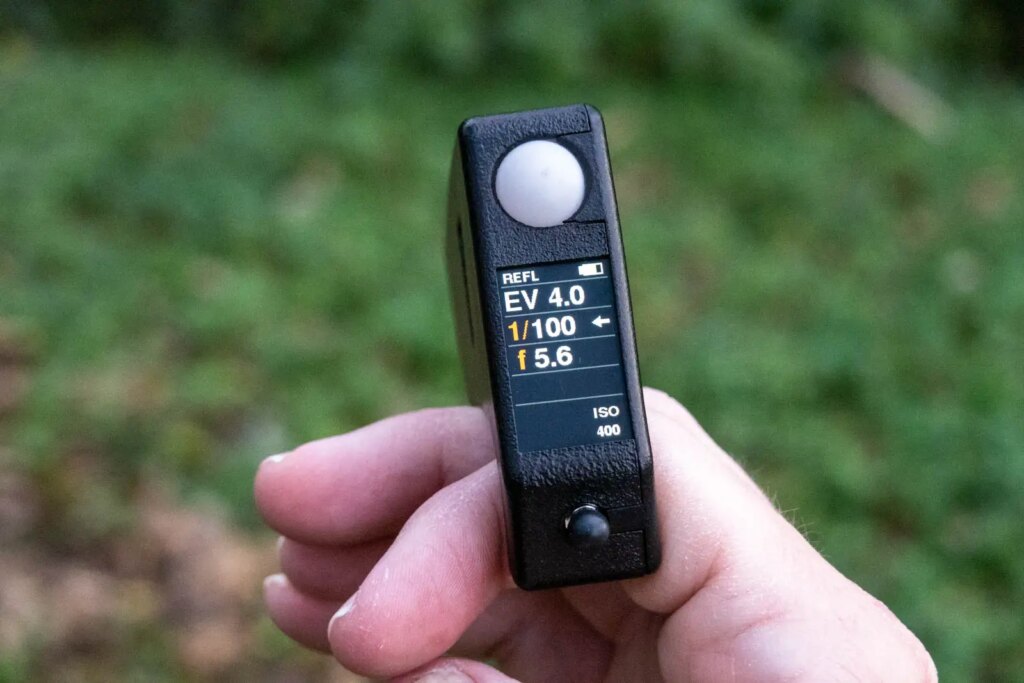
This was best for me whilst taking readings, then to transfer them to the camera, I found myself sliding it further on to my fingers (see lead image). 3 fingers felt too tight, and trying to use it in the second position was a little uncomfortable for my slightly long thumbs.
The other consideration for how it’s held is the aiming of the reflective meter sensor. Holding the meter so the top plate is parallel to the ground gave me good readings for film as this points the meter slightly more toward the ground. Again, your preference might vary, but I found it needed a little bit of experimentation to get used to and work out how I wanted it to meter.
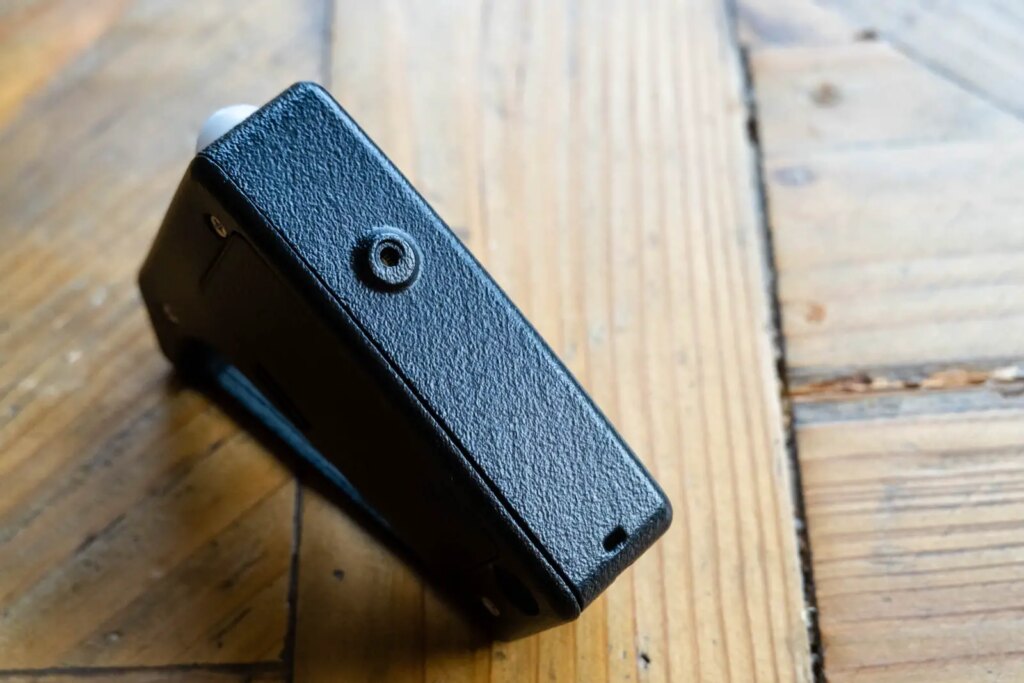
Of course, the incident meter is a lot easier to get your head round, provided you know how a incident meter works, of course. Essentially, holding the meter hemisphere facing away from your subject and toward the shooting location is the trick. Do this and you should get decent enough results.
Once I had found the comfort zone with the handling, I was away. The 5 position joy stick is great. Having one control without any other buttons works really well for me – though I will admit it did take a little bit of fiddling to work out how to press it centrally, but I did get used to it. I should say, the version I have here is a prototype and as such I won’t be commenting on how the menu is navigated with the joystick as Matt has said he’s working to improve it. I certain fed back a few of my thoughts, for whatever they are worth, and having spoken to Matt I am pretty certain he is on the right lines in terms of how the release version is going to work. Here’s some shots of the screen that should give you some clue as to how easy it is to navigate the menu:
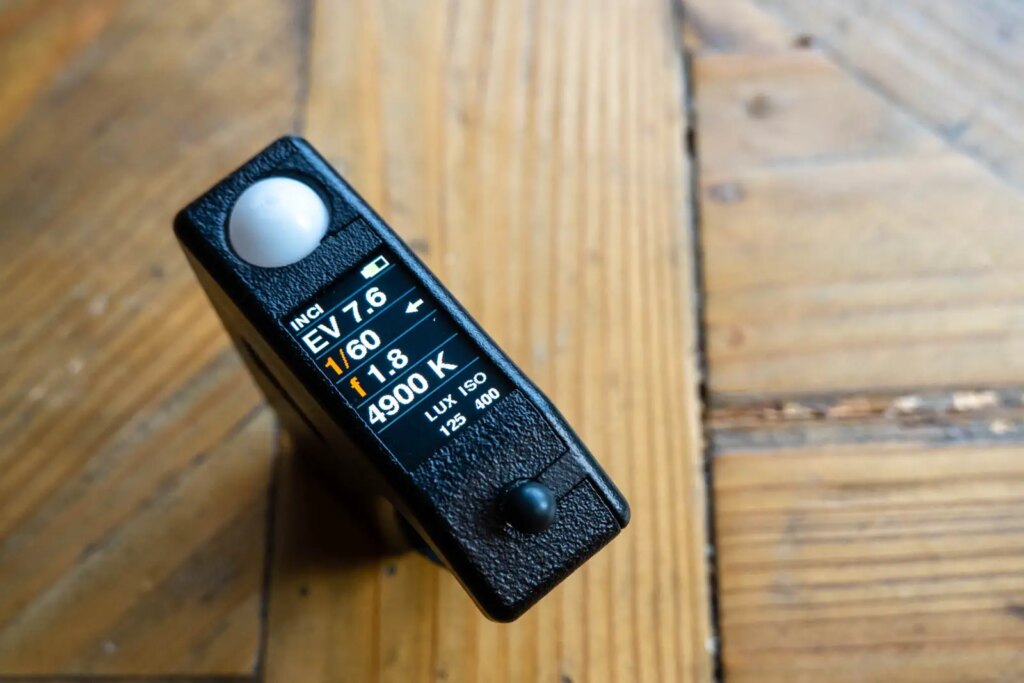
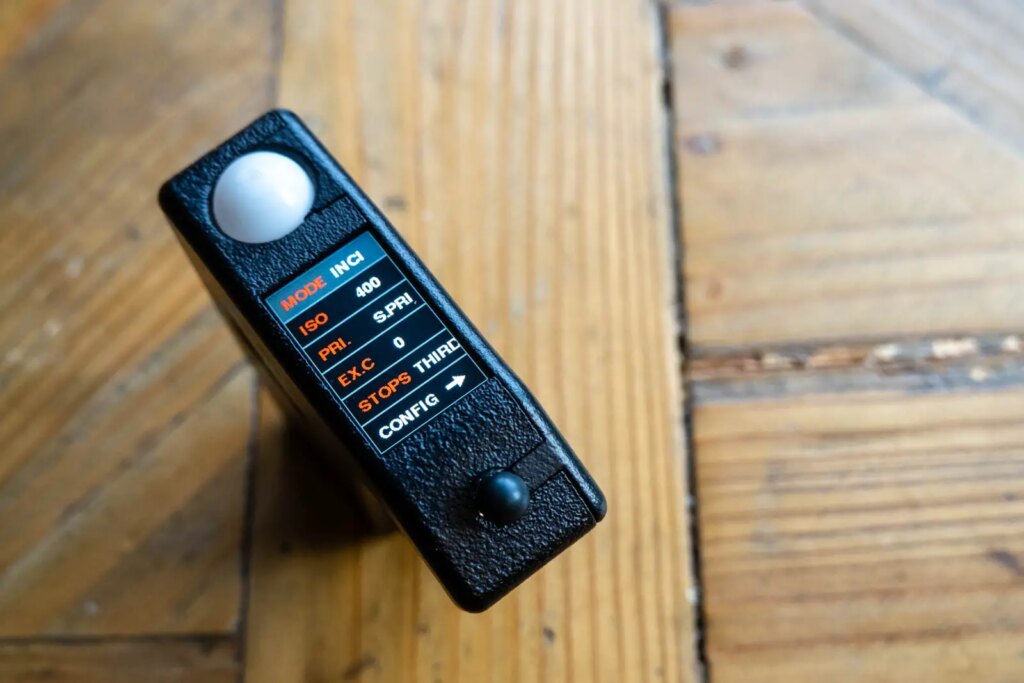
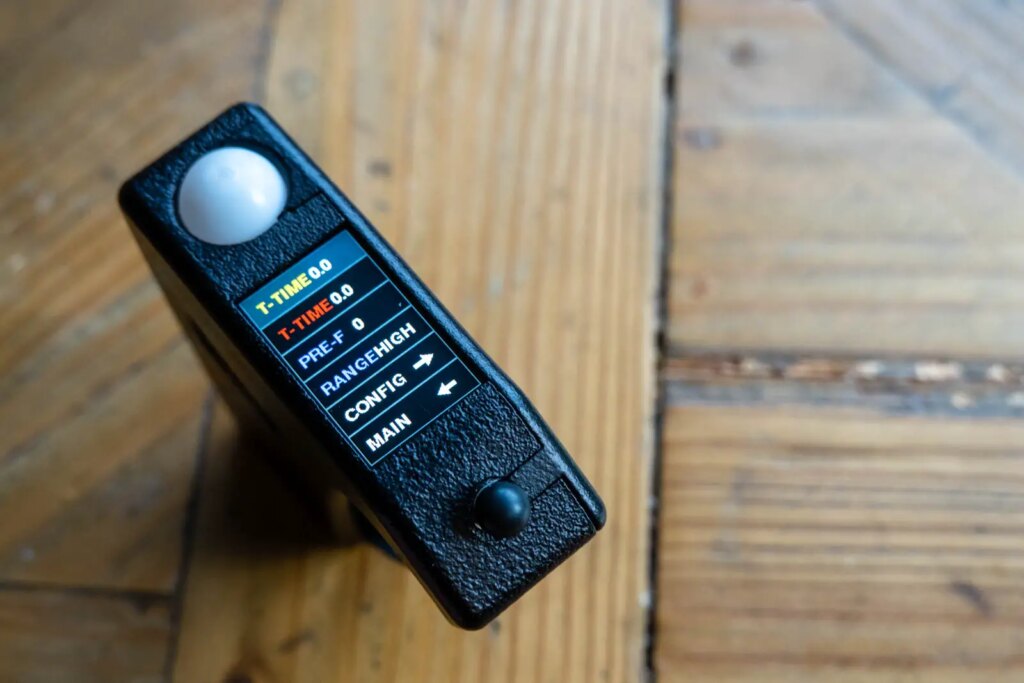
I should also say, in my experiences both the reflected and incident meter read where I would expect them to. As did the colour meter, though I didn’t use this beyond a few very quick cursory tests. Again, as I have a prototype meter, I didn’t feel the need to spend too much time testing it, but as I say, I have been happy with the readings it has given me.
Build quality
Just before I share my final thoughts, I wanted to talk a little bit about the Reveni Labs Incident Meter build quality. As you might be aware, Matt uses 3D printing to produce his light meters. Some people, I know, are cynical about this. Everyone is entitled to their opinion of course, but looking at – and more importantly feeling – the build quality of this meter, I would say that cynicism is misplaced. This light meter is a really nice and well made feeling bit of kit! In fact, it’s interesting to observe that the quality of material seems to have improved with each new meter he makes. The little shoe mount meter was fine, but it did feel 3d printed, I thought. The spot meter material felt better quality for sure, but this material has a really nice feel and finish. There’s a slight mottled texture which I’m not sure is by design or a product of the material or printing method, but aside from that, it’s very hard to be critical. It feels as solid and well made as any other plastic product.
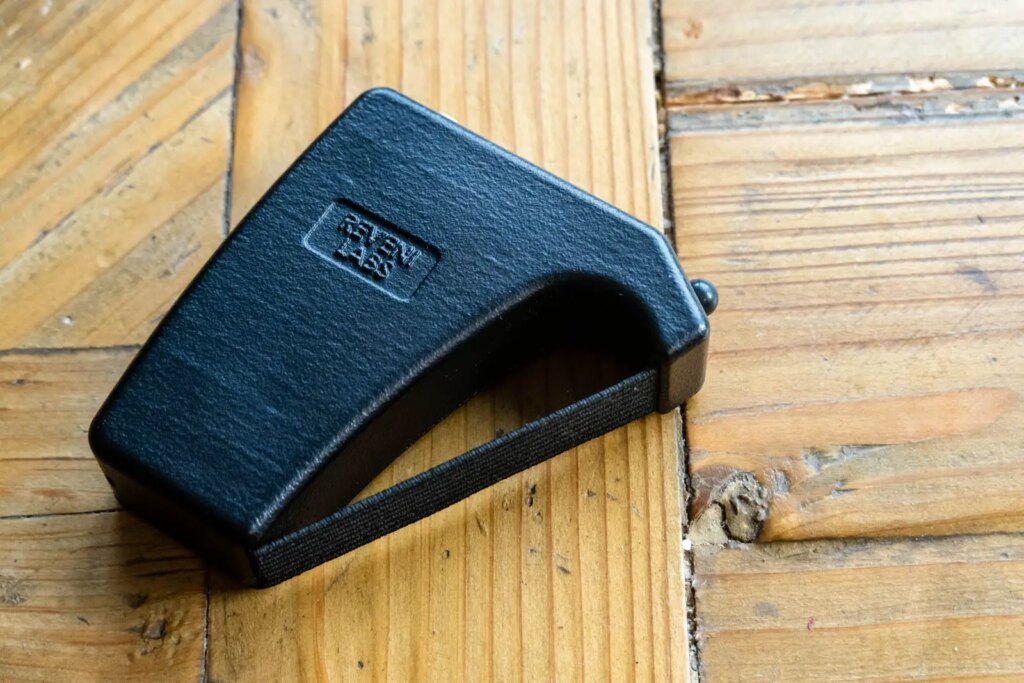
I should say, I did question the sense of the elastic with Matt. We’ve all seen how crappy our underwear waistbands get over time… Matt’s response to this was in two parts. He first comment was that hopefully no one would be putting his meter in the washing machine so that should stop some of the degradation. Secondly, he tells me that it is user replaceable. He’ll be listing spare bits of elastic on his website, but it should be easy enough a material to buy from pretty much anywhere that sells fabric. Fair enough I suppose.
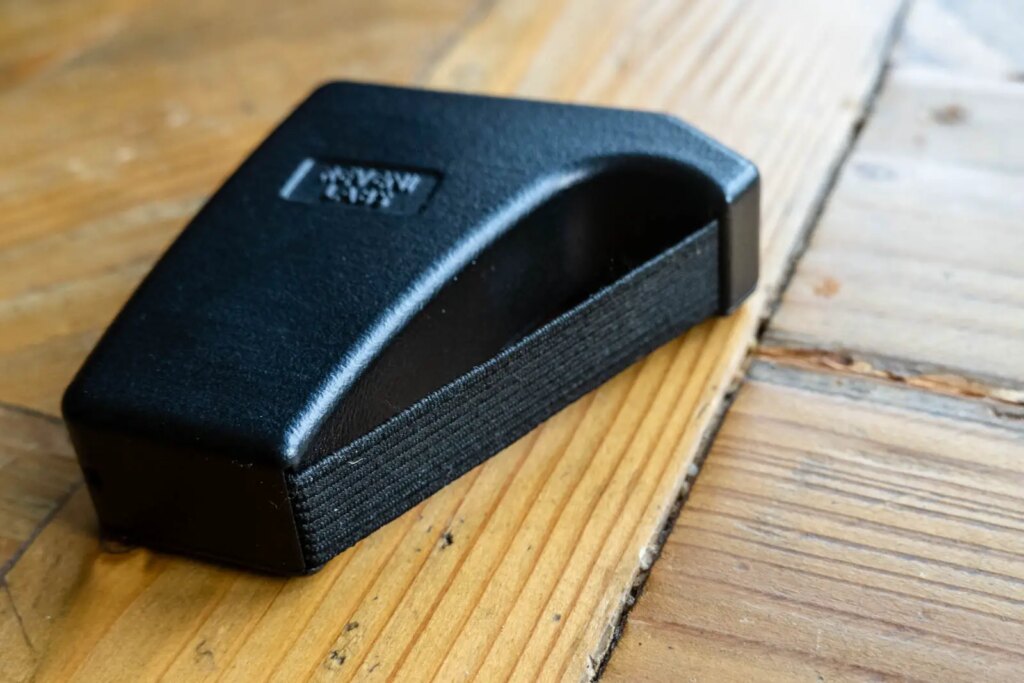
Is it for me?
Let me first say, I was a little cynical about the design of the Reveni Labs Incident Meter when I first saw it. This didn’t change much when I first held it either. I made my thoughts clear to Matt and nothing he replied with convinced me to think that differently. With that said, I did quickly get used to it. In fact, I much more quickly found my comfort zone with it than I expected to. Yes there was a bit of getting used to where it would sit on my fingers, and a bit of getting used to aiming it. But once I had my head around those factors I was happy with it. I also really enjoyed the fact that I could take a meter reading, grab my camera, transfer the reading without having to fiddle between holding the meter and camera. Honestly, I can’t tell you how well it feels like it works in this respect. So much more comfortable that faffing with my iPhone for metering!
The only thing that lets it down really is me and how I use a meter. If I’m shooting with a manual meterless camera, I don’t tend to take that many readings. Because of this, I found myself detaching it from my hand and putting it back in my pocket quite often, which almost – though not entirely – felt like it defeated the object. Of course, I really should emphasise that this is just me. I don’t use incident metering very much, and I think were I to, and were I to more frequently take readings I would find it a lot more useful… and a lot more often attached to my hand.
Final thoughts
Ultimately, the fact is, this arguably quite weird design does work. Taking out a key variable which I am unable to test (small or massive hands), there’s no getting away from the fact that however odd it looks, it handles nicely in the specific way Matt intended it to. It also has an extended and very useful feature set for both film and digital photographers and film makers alike – both in the field and in a studio.
If you’re the type to look at this and think that it’s just not for you, then you might be right – though it definitely talked me out of my cynicism once I started using it. If there’s a part of you that’s intrigued by the design, and thinks it might fit well into your personal workflow, I’d suggest you give the Reveni Labs Incident Meter a go. An unusual design for sure, but like Matt’s spot meter and mini shoe meter before, it does what it does in a way that no similar competing meter does, and for that reason, I find it a very interesting product!
More – including the opportunity to preorder – here: https://www.reveni-labs.com/reveni-labs-incident-meter
Share this post:
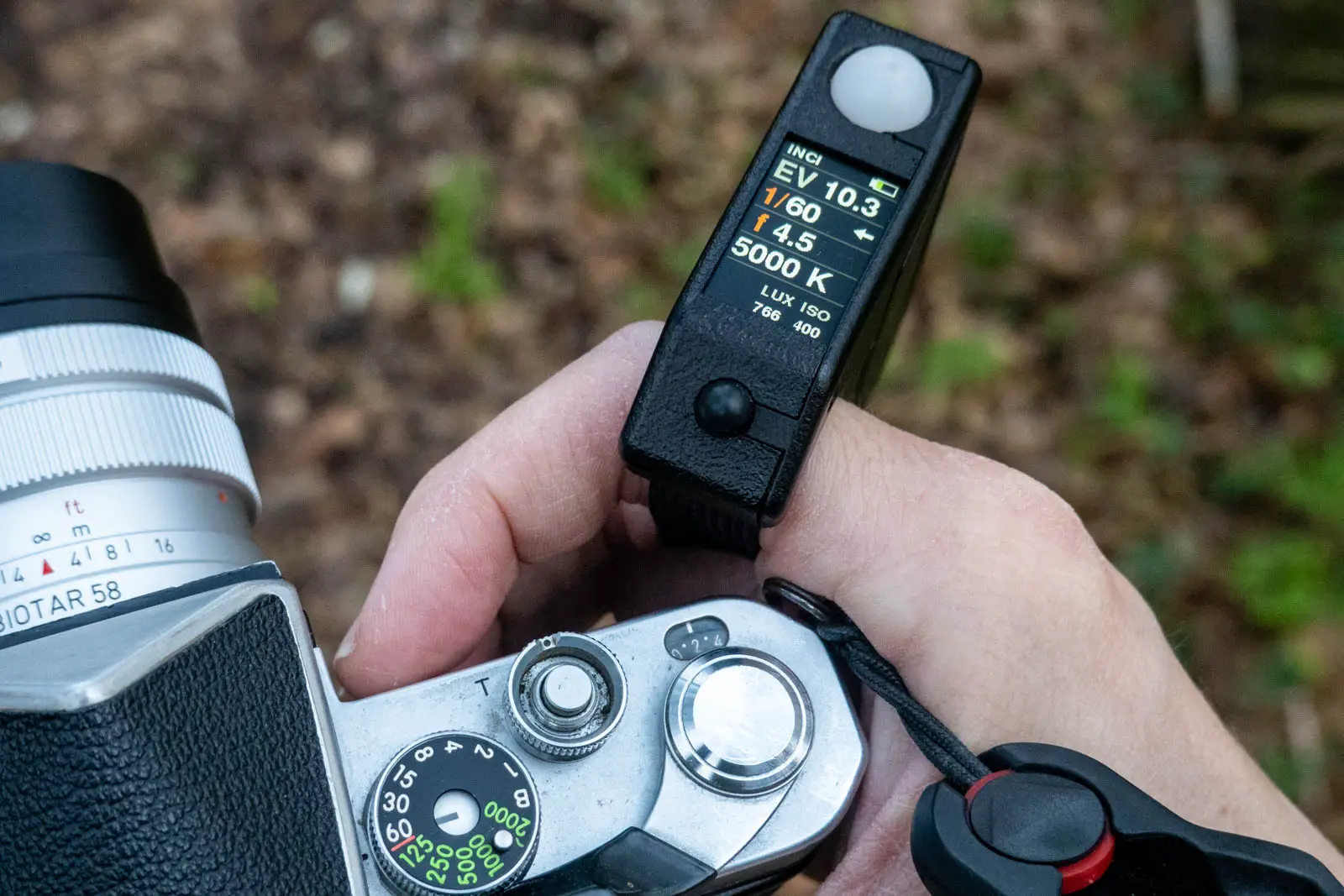
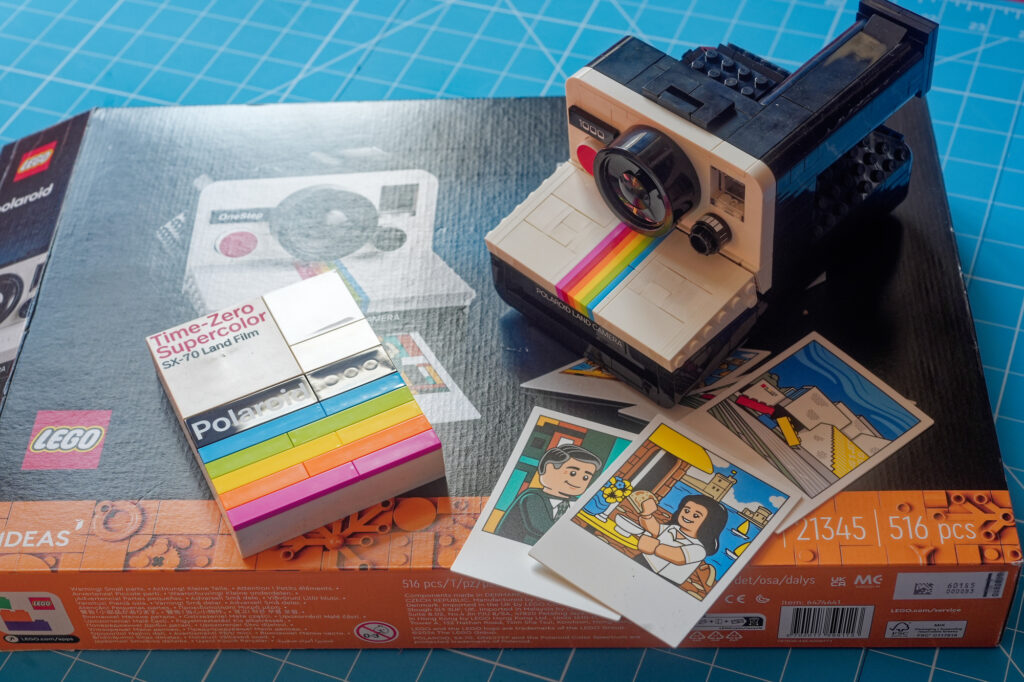
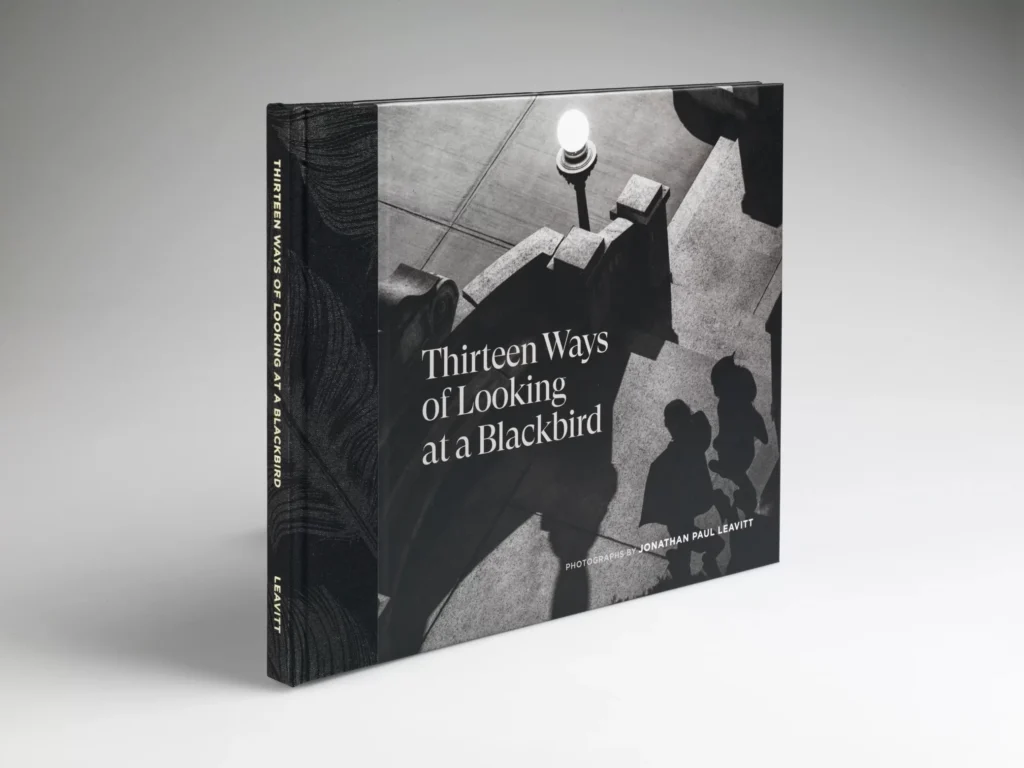

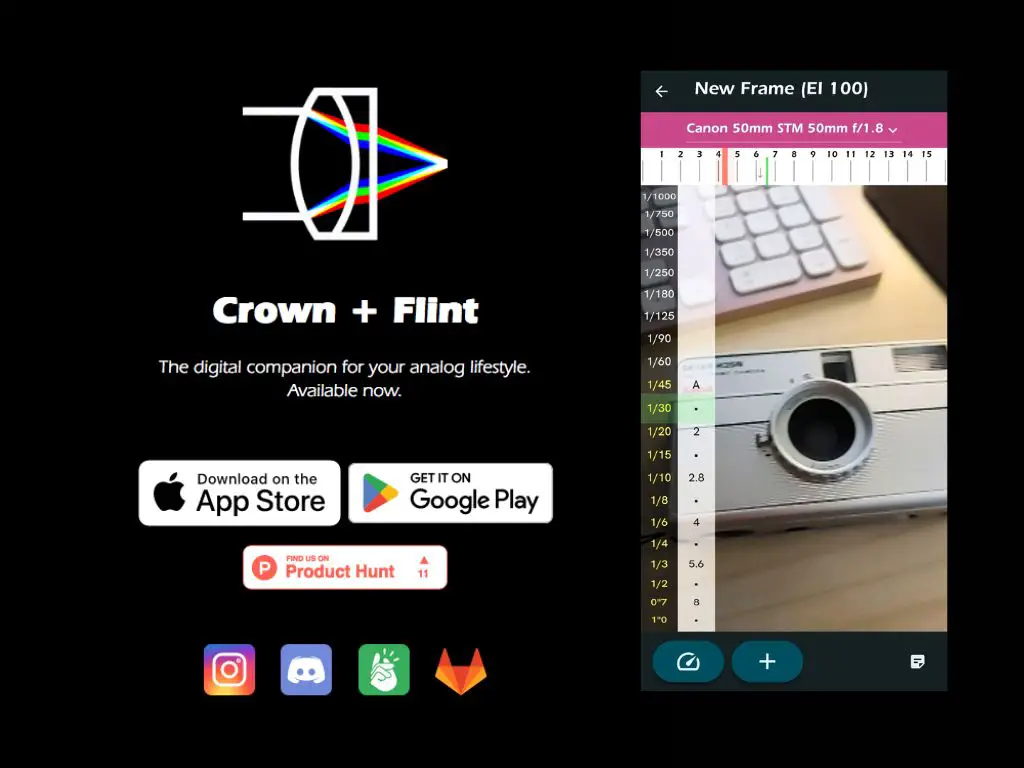




Comments
Michael Jardine on Reveni Labs Incident Meter Prototype Preview
Comment posted: 09/01/2023
Thanks for the review, and I'm glad that Matt's build quality gets better and better. I'm unlikely to acquire this as I have the basic digital Sekonic incident/reflected/flash that I inherited, but I'd really recommend anyone who hasn't to force themselves to just use incident metering for a bit because I think your photos will be better as a result.
JK Lockwood on Reveni Labs Incident Meter Prototype Preview
Comment posted: 10/01/2023
Comment posted: 10/01/2023
Michael J on Reveni Labs Incident Meter Prototype Preview
Comment posted: 10/01/2023
I've got yer standard Sekonic digital for incident metering and would recommend that if you've never taken meter readings this way you should go out of your way to do so because it'll give you a new eye on the world.
Eric Rose on Reveni Labs Incident Meter Prototype Preview
Comment posted: 11/01/2023
Comment posted: 11/01/2023
Comment posted: 11/01/2023
Kodachromeguy on Reveni Labs Incident Meter Prototype Preview
Comment posted: 11/01/2023
Roger Bird on Reveni Labs Incident Meter Prototype Preview
Comment posted: 14/01/2023